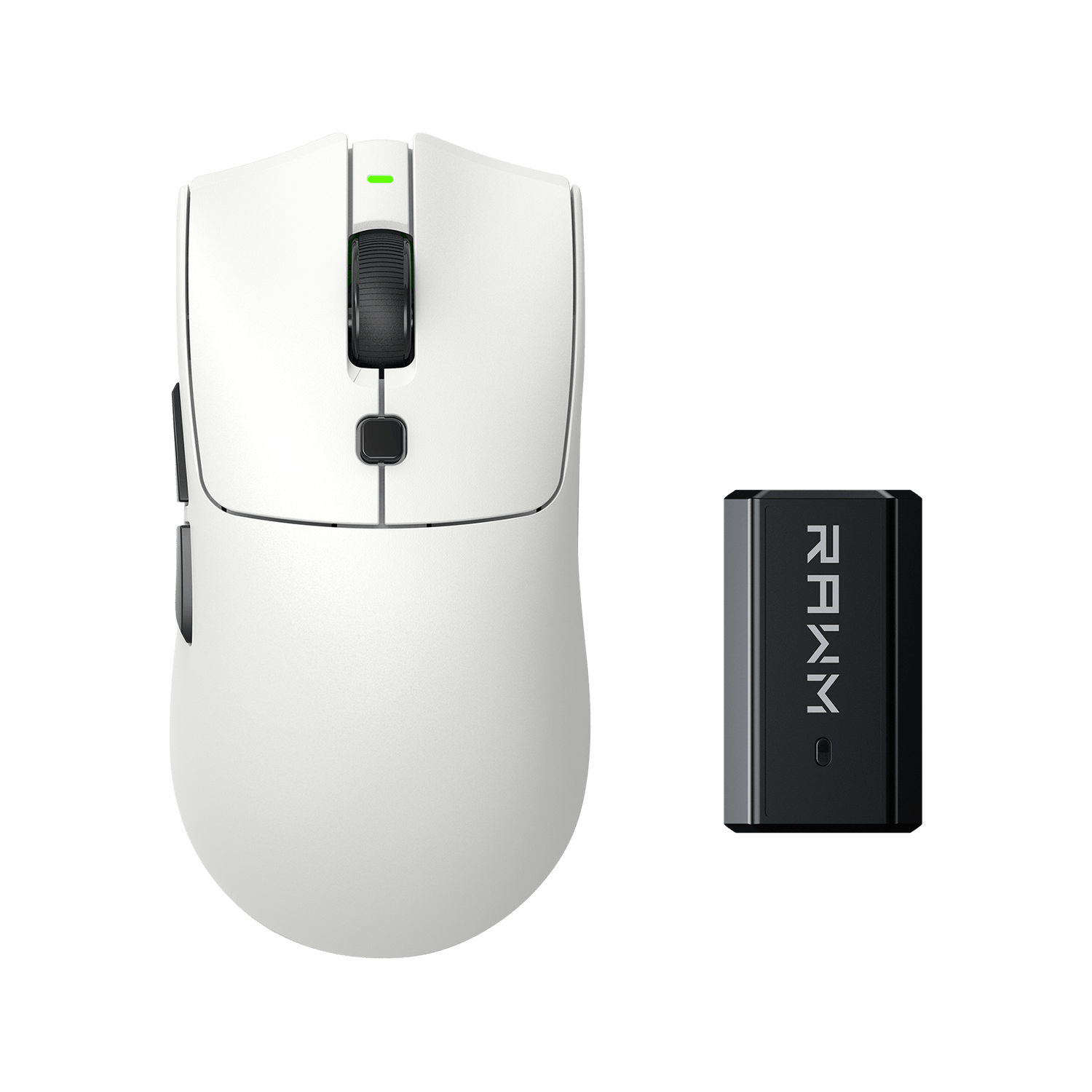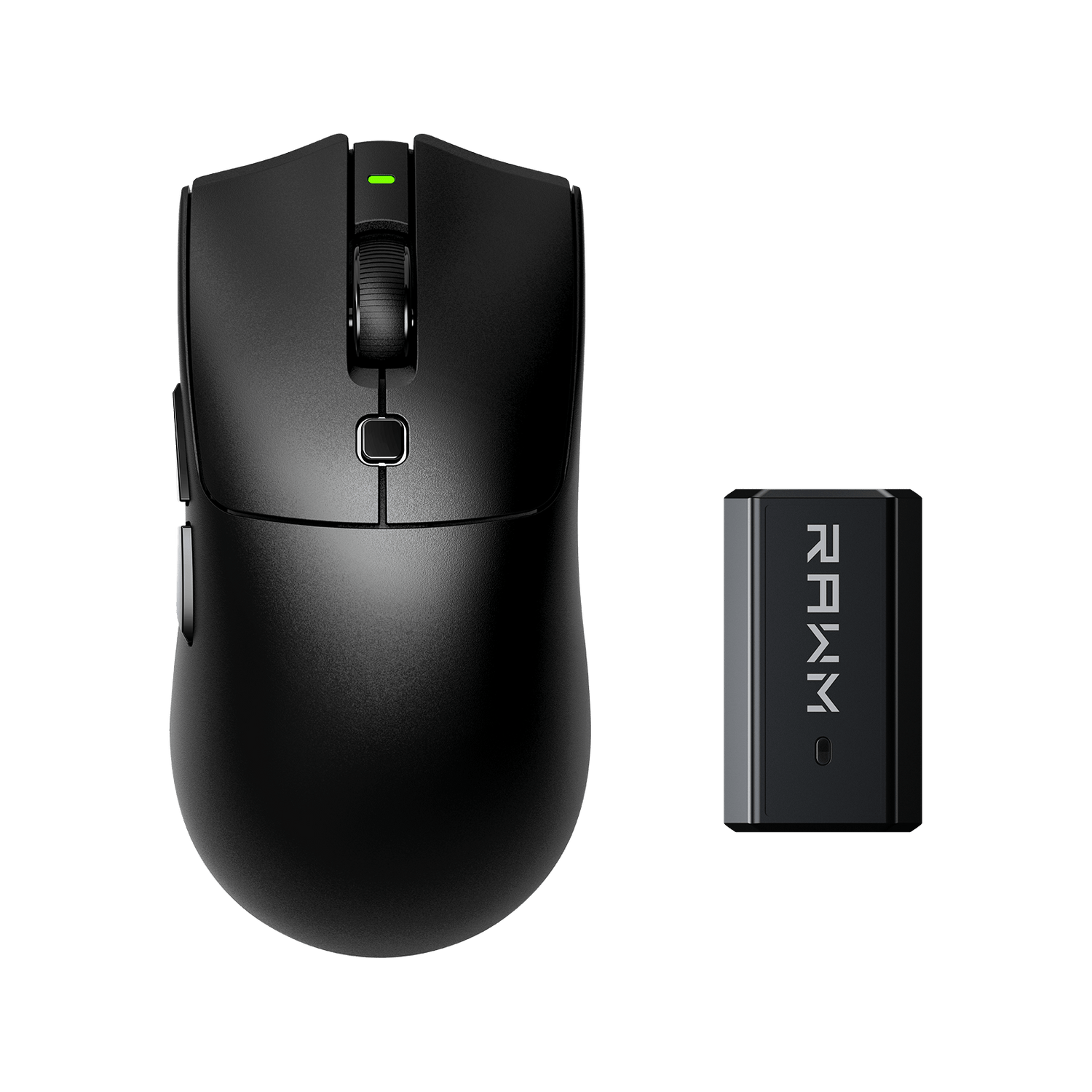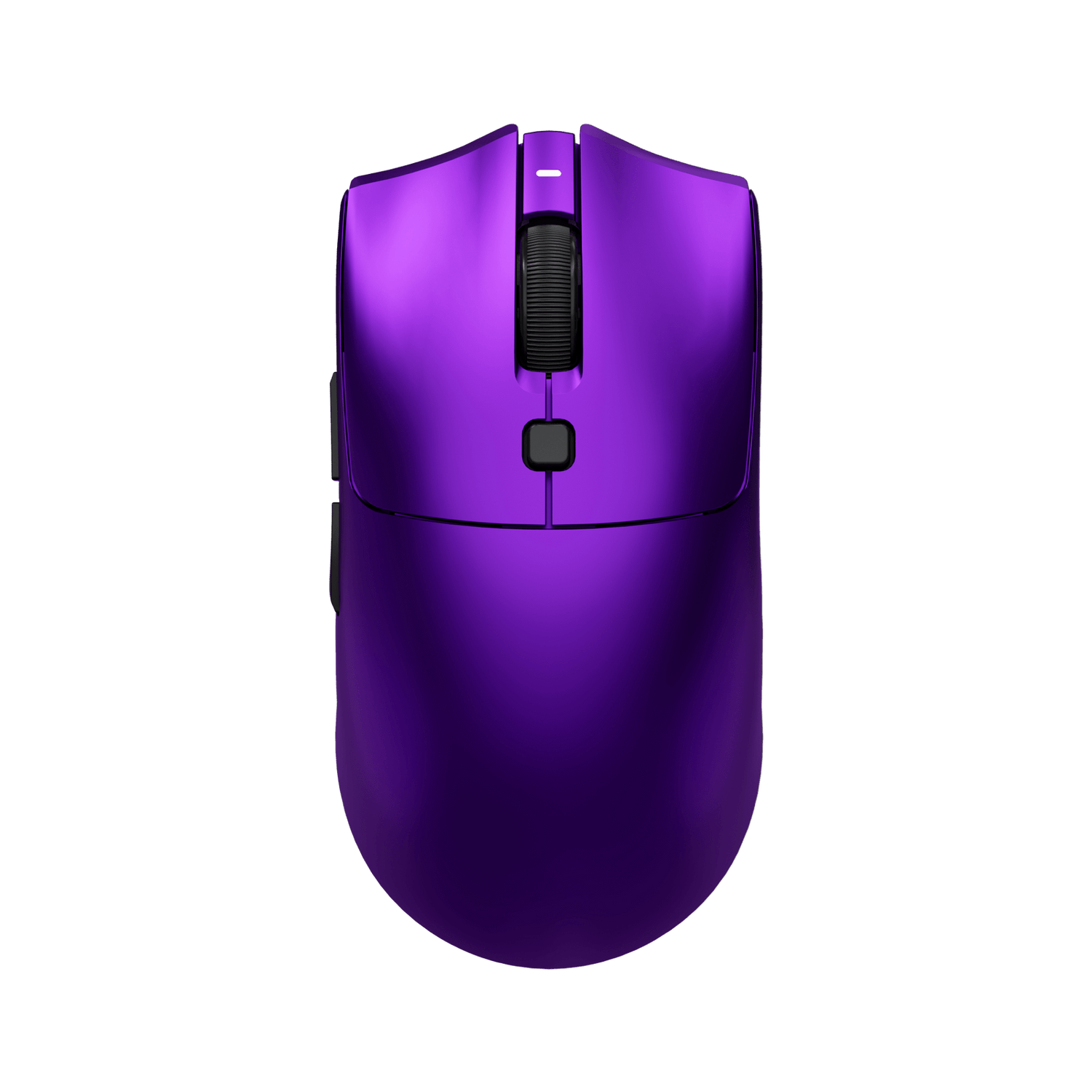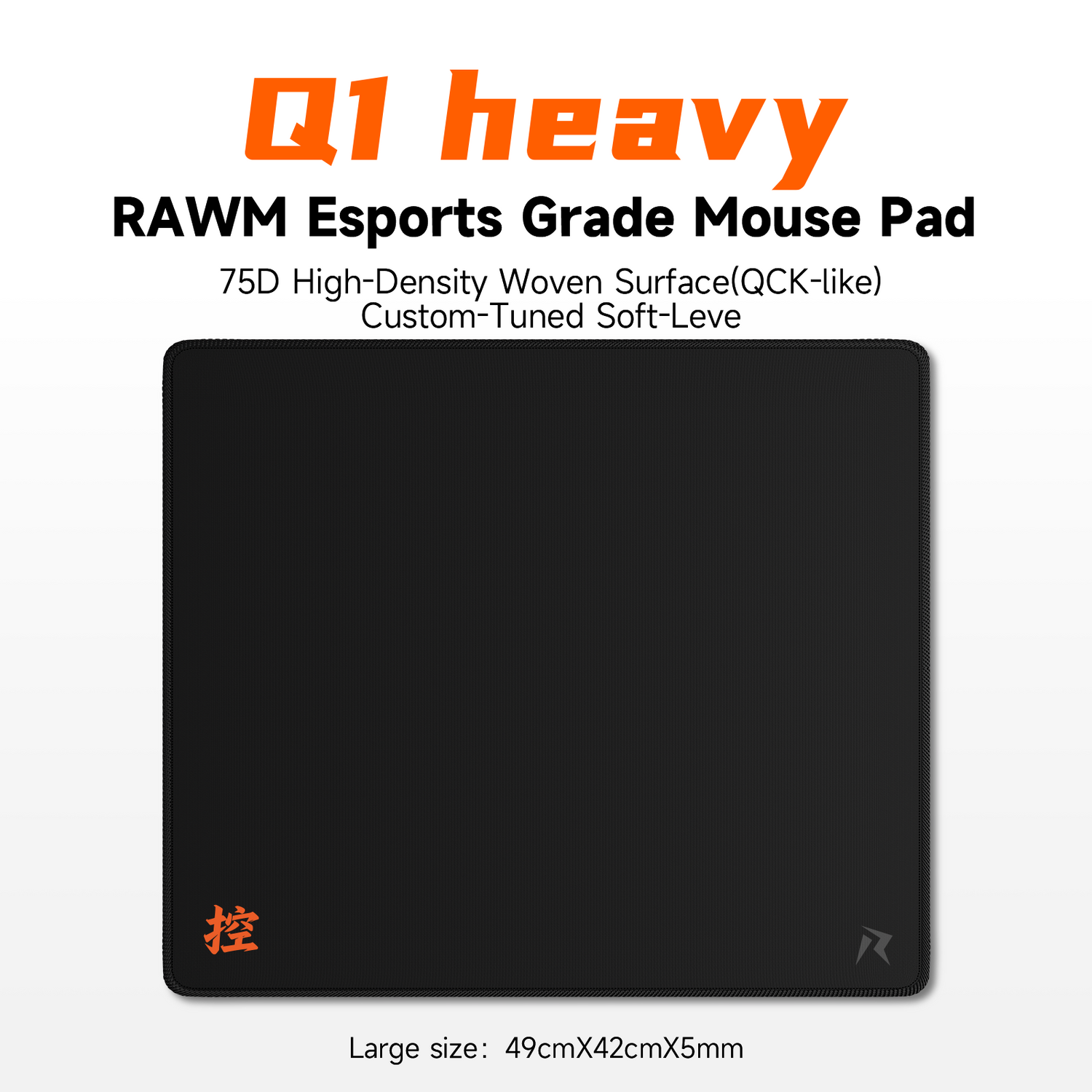
Can you lower LOD with firmware?
1. What Is Lift-Off Distance and Why Gaming Mouse LOD Adjustment Matters
2. How Firmware Controls Gaming Mouse LOD Adjustment
3. How to Perform Gaming Mouse LOD Adjustment Safely
4. Firmware vs Software: Which Is Better for Gaming Mouse LOD Adjustment
5. How Gaming Mouse LOD Adjustment Affects DPI, Accuracy, and Lift Behavior
6. Common Issues and Myths Around Gaming Mouse LOD Adjustment
If you’ve ever experienced your cursor twitching or drifting when lifting your mouse, you’ve encountered a common but subtle performance factor — Lift-Off Distance (LOD). Many gamers wonder whether you can lower LOD with firmware, especially when chasing that perfect combination of precision and comfort.
The good news is yes — in many modern gaming mice, firmware and software tuning allow you to reduce or even customize your lift-off distance. This process is often called gaming mouse LOD adjustment, and it can dramatically affect how smoothly your sensor tracks and how consistent your flick shots feel.
1. What Is Lift-Off Distance and Why Gaming Mouse LOD Adjustment Matters
Before understanding how to modify it through firmware, it’s crucial to define what gaming mouse LOD adjustment actually is.
Lift-Off Distance (LOD) refers to how high you can lift your mouse off the pad before the sensor stops tracking movement. Most mice have an LOD of 1 mm to 3 mm, but that number can change depending on your surface, sensor type, and firmware configuration.
When LOD is too high, small lifts during repositioning can cause unwanted cursor movement or aim drift. When it’s too low, the sensor might stop tracking prematurely, interrupting smooth control.
Why Gaming Mouse LOD Adjustment Is Important
| LOD Setting | Effect | Best For |
|---|---|---|
| Low (≈1 mm) | Minimal cursor drift when lifting | FPS players, precision aimers |
| Medium (≈2 mm) | Balanced performance | General gamers |
| High (3 mm+) | Easier tracking on uneven pads | Casual use, rough surfaces |
A proper gaming mouse LOD adjustment ensures your sensor reacts naturally to your movement style. For professional gamers who rely on muscle memory, a well-tuned LOD means cleaner crosshair control and fewer micro-errors during intense matches.
2. How Firmware Controls Gaming Mouse LOD Adjustment
In modern gaming mice, firmware acts as the brain that governs how the sensor interprets the surface below. It tells the optical or laser module when to stop processing motion data — effectively setting the lift-off threshold.
How It Works
-
The Sensor Captures Frames
The optical sensor (like PixArt 3950) captures thousands of images per second. -
Firmware Analyzes Reflection Patterns
The DSP (digital signal processor) determines when the reflected signal weakens beyond a certain point. -
Threshold Adjustment via Firmware
Firmware tables contain numerical values that define LOD; manufacturers can modify them in updates. -
User-Level Calibration
In advanced software suites, users can manually tweak or re-flash firmware to lower the lift-off point.
For example, with the RAWM Leviathan V4, which uses a PixArt 3950 sensor and Nordic 54L15 chipset, firmware communicates directly with the sensor to dynamically calculate LOD in real time. This ensures consistent behavior across both hard and cloth pads — all without manual trial and error.
3. How to Perform Gaming Mouse LOD Adjustment Safely
Performing gaming mouse LOD adjustment through firmware or software can feel technical, but it’s easier than you might think. Follow these steps to safely tune lift-off distance on most high-end gaming mice:
Step-by-Step Guide
-
Open Your Mouse Configuration Software
Launch your manufacturer’s control suite (e.g., RAWM Control Suite). -
Locate LOD Settings
Navigate to “Sensor Settings” or “Advanced Tracking.” -
Select a Lift-Off Range
Options may range from “Low (1 mm)” to “High (3 mm).” Choose based on your play style. -
Apply Firmware Calibration
Some mice update internal firmware tables automatically after you hit “Apply.” -
Test on Different Surfaces
Try cloth, hybrid, and hard pads to confirm consistent results.
Pro Tip
When lowering LOD too aggressively, your mouse might stop tracking on textured or soft pads. If that happens, recalibrate and set it slightly higher.
The Leviathan V4, for instance, automatically re-evaluates its LOD each time you connect to a new surface, using real-time reflection data to maintain perfect tracking regardless of the pad type.
4. Firmware vs Software: Which Is Better for Gaming Mouse LOD Adjustment
It’s common to confuse firmware LOD control with software-based calibration. While both affect lift-off distance, they work at different levels.
| Control Type | Where It Happens | Effectiveness | Risk |
|---|---|---|---|
| Software | OS-level settings | Temporary; profile-based | None |
| Firmware | Hardware memory | Permanent, deeper accuracy | Minor flashing risk |
Firmware-based gaming mouse LOD adjustment directly modifies the internal logic of how the sensor detects surfaces. This provides more accurate and consistent results, especially for professional use.
However, because firmware flashing writes directly to the mouse’s internal memory, you should always use official tools like RAWM Control Suite or Logitech G Hub — never third-party utilities.
5. How Gaming Mouse LOD Adjustment Affects DPI, Accuracy, and Lift Behavior
Your gaming mouse LOD adjustment doesn’t exist in isolation; it interacts closely with DPI settings and overall sensor precision.
-
At High DPI (e.g., 3200–8000)
Even a slight LOD change can cause major aim drift during lifts. Lower is better. -
At Medium DPI (e.g., 800–1600)
Moderate LOD provides stable flicks and micro-corrections. -
At Low DPI (e.g., 400)
Slightly higher LOD may help maintain tracking consistency on softer pads.
If you’re using a competitive FPS setup, test your gaming mouse LOD adjustment with your preferred DPI to ensure the combination feels natural.
6. Common Issues and Myths Around Gaming Mouse LOD Adjustment
Despite being a hot topic in the gaming world, many misconceptions surround gaming mouse LOD adjustment. Let’s clear them up:
-
“Lower LOD is always better.”
Not necessarily — ultra-low settings can interrupt tracking on uneven surfaces. -
“Firmware updates always reset LOD.”
Only some brands do. Quality mice like the Leviathan V4 preserve calibration profiles internally. -
“Glass surfaces can’t be calibrated.”
Modern sensors like PixArt 3950 include dual-light imaging, enabling glass compatibility. -
“Changing mouse pads doesn’t affect LOD.”
It absolutely does — reflectivity and texture both alter lift-off distance.
To avoid issues, always recalibrate after firmware updates, especially if your mouse allows onboard profile saving.
7. How the RAWM Leviathan V4 Handles Gaming Mouse LOD Adjustment Automatically
The RAWM Leviathan V4 stands out for its auto-adaptive LOD calibration. Using its PixArt 3950 sensor and Nordic 54L15 chipset, the firmware constantly measures signal decay when the mouse leaves the surface and adjusts the threshold dynamically.
This means gamers don’t need to guess or manually tweak settings — the Leviathan V4 keeps tracking performance optimal across setups. Whether you play on a soft artisan pad or a hard polycarbonate mat, your LOD remains consistent and precise.
Mastering Gaming Mouse LOD Adjustment for True Control
So, can you lower LOD with firmware? Absolutely — and doing so is one of the most impactful optimizations for any serious gamer.
Through smart gaming mouse LOD adjustment, you can minimize cursor drift, improve aim stability, and enhance comfort during long play sessions. Firmware-level tuning gives you a permanent, hardware-accurate fix rather than a temporary software patch.
If you prefer a plug-and-play experience, the RAWM Leviathan V4 offers adaptive firmware that takes care of LOD management automatically, combining precision and convenience in one package.
Fine-tuning your gaming mouse LOD adjustment might seem small, but in competitive environments, every millimeter counts. Once you find your perfect lift-off distance, you’ll wonder how you ever gamed without it.
Have you ever experimented with gaming mouse LOD adjustment through firmware or software? Did you notice a difference in your aim or consistency? Share your thoughts below — your setup insights might help other players perfect their configuration!
>>See also How to calibrate mouse for different surfaces? >>>>>








